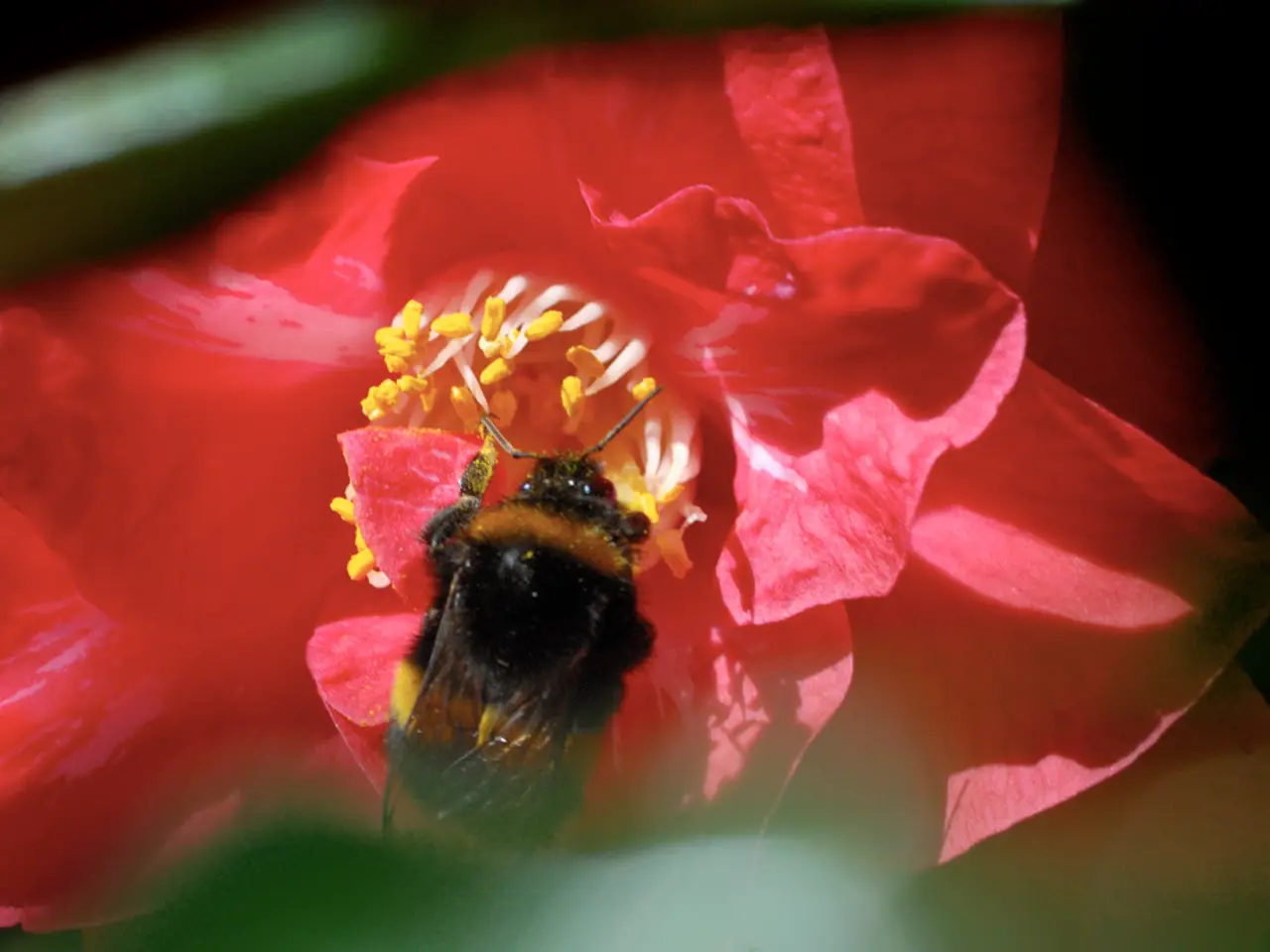Treating and Preventing Orchid Root Rot Infections
Preventing, Treating, and Identifying Orchid Root Rot
Orchid root rot is a common problem that can lead to the decline and potential death of orchids. This article provides guidance on identifying, treating, and preventing root rot caused by fungi such as Pythium, Phytophthora, Fusarium, and Rhizoctonia.
Identification
Root rot in orchids typically presents as roots that are brown, mushy, and soft instead of firm and white or green. The affected roots may smell foul. Above ground, the orchid's leaves may yellow, become limp, or the pseudobulbs may shrivel due to lack of water uptake. Using clear pots helps monitor root health visually, allowing early detection of any darkening or mushiness.
Treatment
In case of root rot, remove all the rotten roots carefully using sterilized scissors or pruning shears to prevent the spread of the fungal infection. Soaking the root system in diluted nutrient solutions such as a mix of rice water and aloe vera can help provide immediate energy and promote recovery post-trimming or repotting. After root trimming and repotting, keep the orchid as dry as possible, avoiding splashing or overwatering the roots to allow them to callus over and seal wounds, reducing the chance of re-infection. In severe fungal infections, treating the orchid with an appropriate fungicide solution targeting the specific pathogens may be necessary.
Prevention
To prevent root rot, avoid overwatering by ensuring the growing medium is moist but not wet. Water roots adequately but allow moisture to reduce before the next watering cycle. Use pots with ample drainage holes and well-draining potting media such as bark or semi-hydroponic media that allow air circulation around the roots and prevent stagnant water. Keep air moving around orchids by placing fans nearby or spacing plants to reduce humidity build-up around roots, helping keep surfaces dry and less susceptible to fungal pathogens. Use fresh, appropriate orchid mixes that do not retain excess moisture and repot every 1-2 years to refresh the medium and reduce buildup of pathogens or decomposing material. Semi-hydroponic methods where orchids grow in inert media with constant but controlled moisture can prevent root rot by providing stable humidity without overwatering.
Summary
| Aspect | Key Practices | |-------------------|------------------------------------------------------------------------------| | Identification | Brown, mushy roots; yellowing/wilting leaves; use clear pots to monitor roots| | Treatment | Trim rotten roots; soak roots in nutrient solution; keep dry to callus; fungicide when severe | | Prevention | Avoid overwatering, ensure good drainage, use well-aerated mediums, maintain airflow, repot regularly, consider semi-hydroponic culture |
This approach addresses fungal root rot in various orchid types by correcting watering practices, improving drainage and medium, and applying targeted care and treatment. If the roots are beginning to turn a sickly silver-gray, the plant desperately needs water. Sanitize the container with bleach before repotting. Correct watering practices are crucial to avoiding fungal diseases. Test the bottom of the container at the drainage holes to determine the moisture level. Water the repotted orchid lightly and place it where it gets bright, filtered light. Consider using a terracotta pot that allows for evaporation. Orchid containers should have several open drainage holes, and the growing medium should be well-draining and almost soilless with plenty of bark and perlite.
Maintaining a proper lifestyle for orchids includes practicing home-and-garden care, such as ensuring the right watering practices, using pots with ample drainage holes, and avoiding overwatering. Gardening techniques like keeping air moving around orchids, using well-aerated potting media, and maintaining fresh, appropriate orchid mixes can prevent root rot in orchids.




